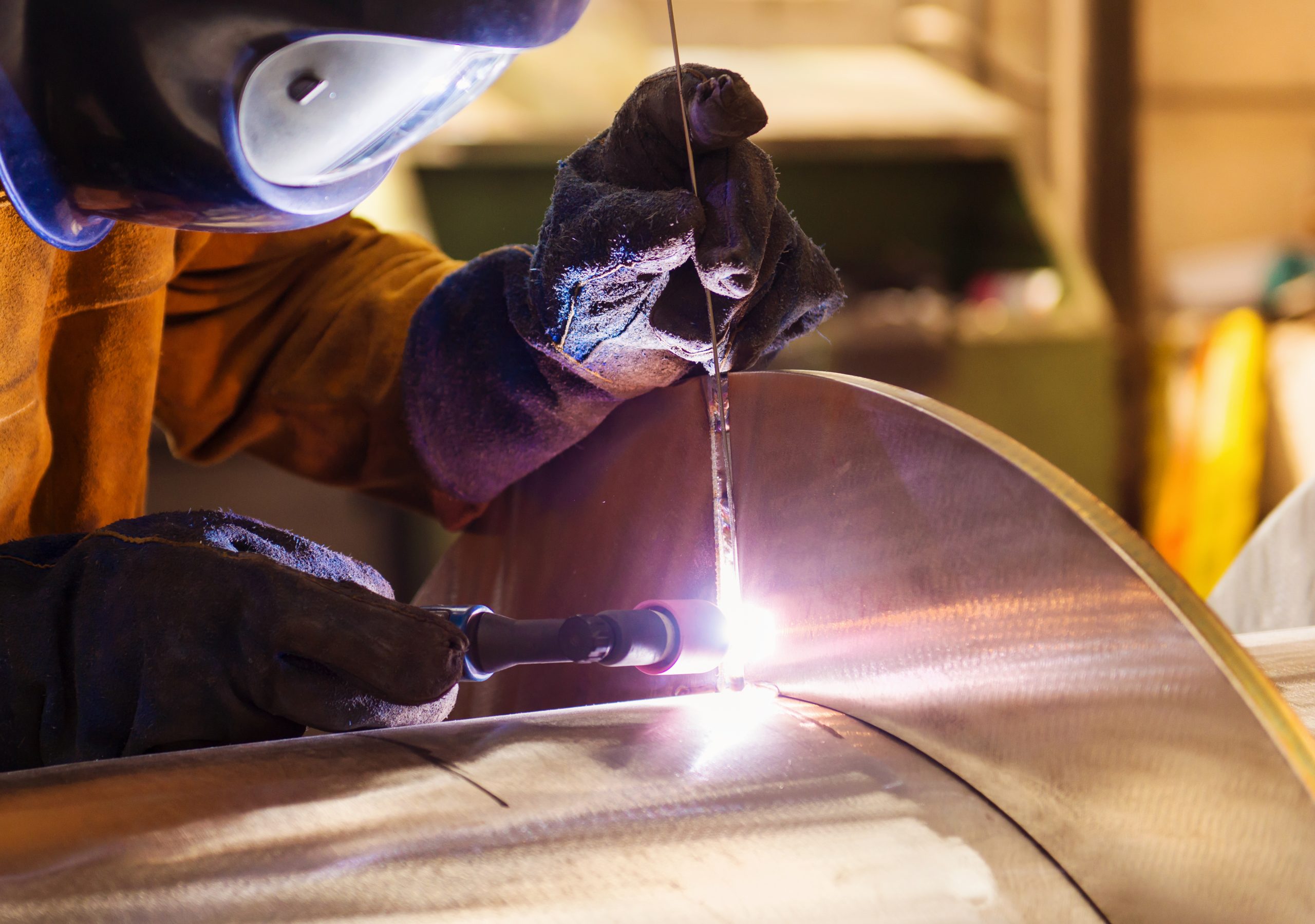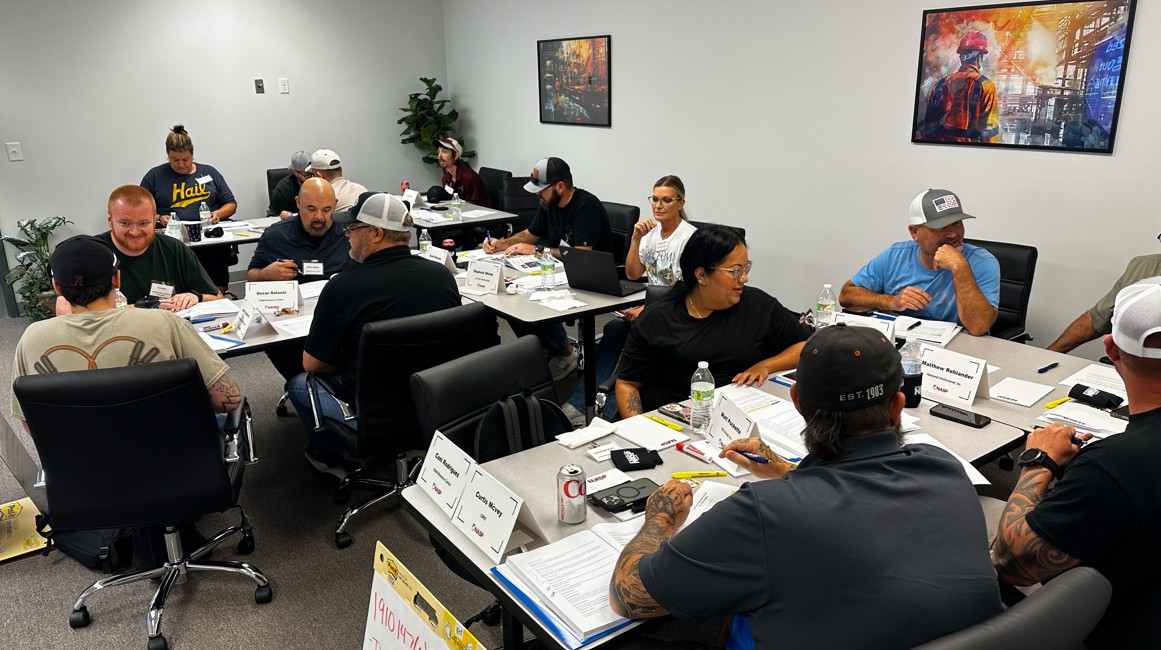Welding, Cutting, and Brazing Safety

Welding is the process of joining two or more pieces of metal together to form a single piece by melting adjoining areas of each piece and them letting them cool after they have been combined. Cutting is the process of separating two or more pieces of metal by concentrating intense heat via oxygen and fuel gas, or electrical arc gouging, onto a local area of the metal, resulting in a separation of the material. Brazing is a process like welding, but it occurs at lower temperatures and does not require melting the base metal.
What hazards are associated with welding, cutting and brazing?
1. Respiratory hazards from metal fumes such as hexavalent chromium
2. Ultraviolet radiation exposure
3. Thermal burns to exposed body parts
4. Eye damage from UV radiation and flying debris
5. Electric shock
6. Cuts and abrasions
7. Crushed toes and fingers
What controls may be used to protect yourself from welding, cutting and brazing injuries and illnesses?
1. Use engineering controls to eliminate exposure to hexavalent chromium and other toxic metals
2. Use respirators whenever engineering controls do not eliminate exposure to respiratory hazards
3. Know which metals, coatings and plating contains chromium (i.e. stainless steel) cause a respiratory hazard
4. Use proper welding hood and filter lenses while welding, cutting and brazing
5. Keep all exposed skin covered with clothes or PPE that will protect you against UV radiation, molten slag or other flying debris
6. Inspect welding, cutting and brazing equipment prior to each shift
7. Ensure the material you are welding, cutting or brazing is free from an overabundance of impurities
8. Use fans to draw toxic fumes away from your body if ventilation systems are deficient
9. Use all welding, cutting and brazing equipment according to manufacturer’s recommendations
10. Never modify welding, cutting or brazing equipment unless recommended by the manufacturer
11. Ensure that filter lenses are used in accordance with OSHA, ANSI and AWS standards and recommendations
12. Utilize barriers to guard possible fire hazards from welding, cutting and brazing activities
13. Utilize fire watches if welding, cutting and brazing operations are at close proximity to possible fire hazards
Click here to check out our upcoming Construction CSM class.
Related Posts




